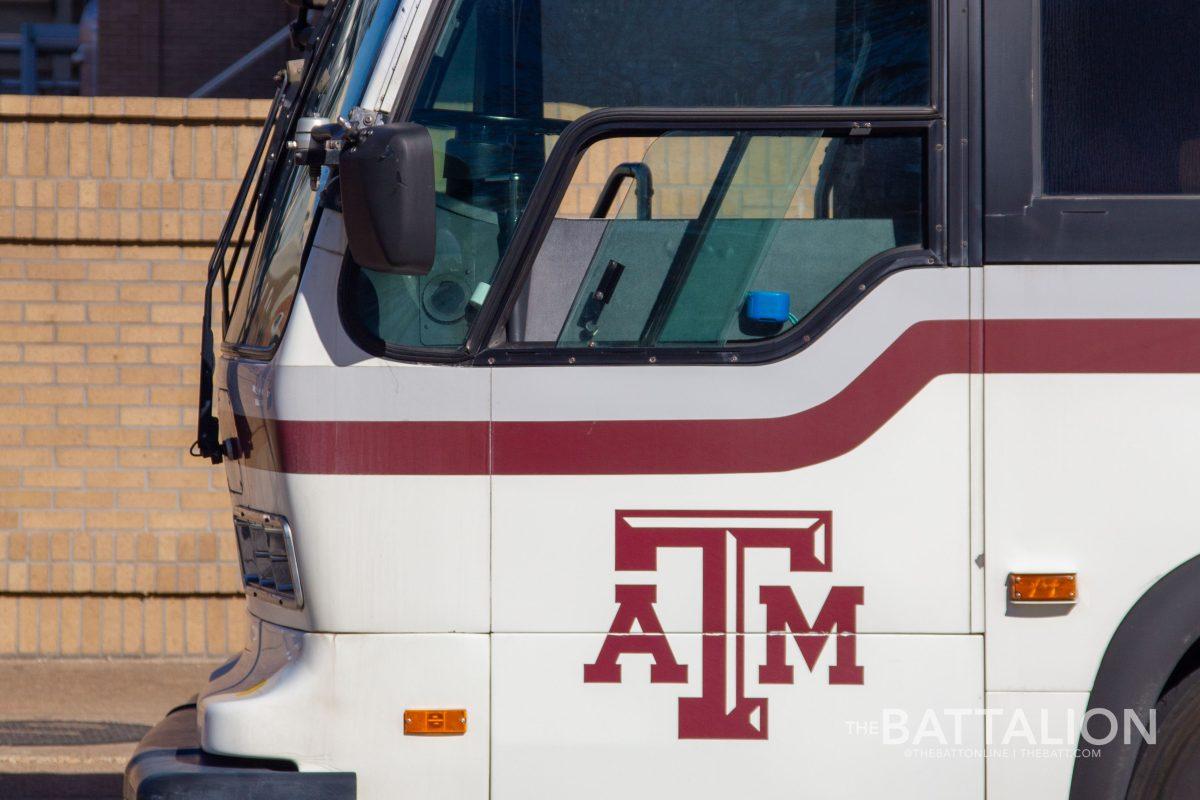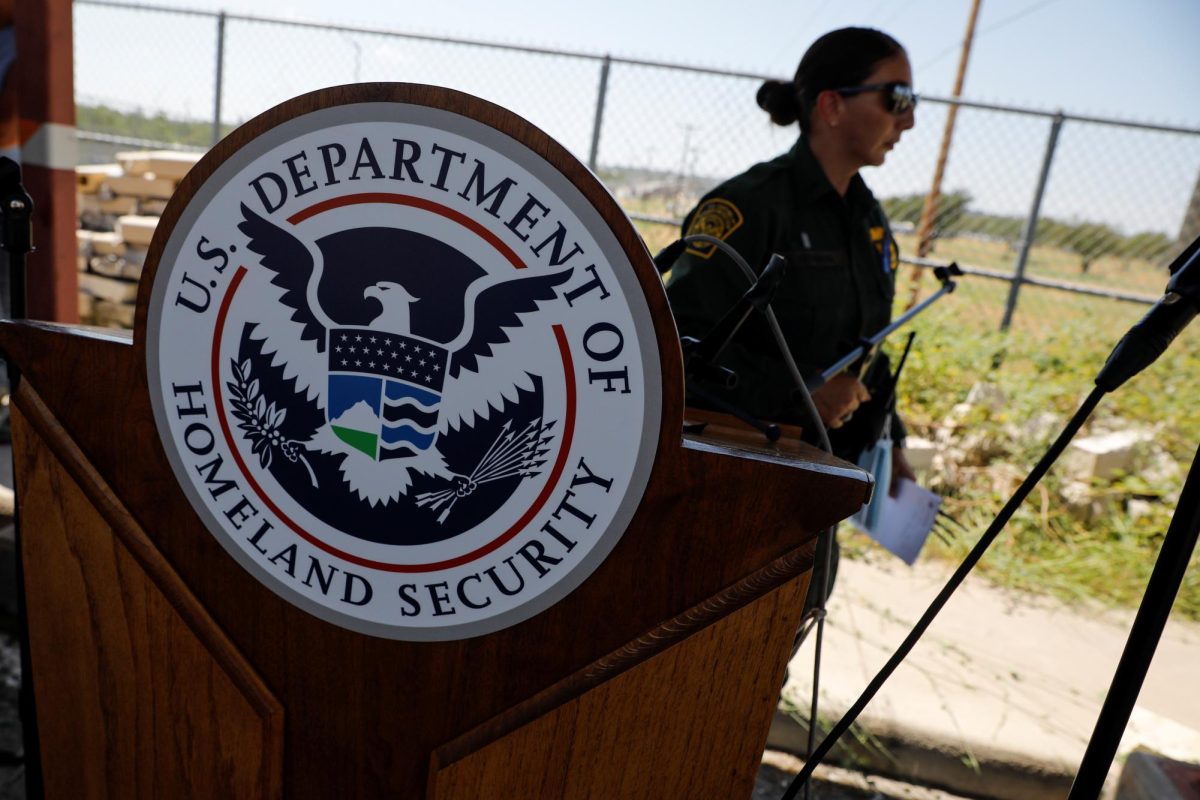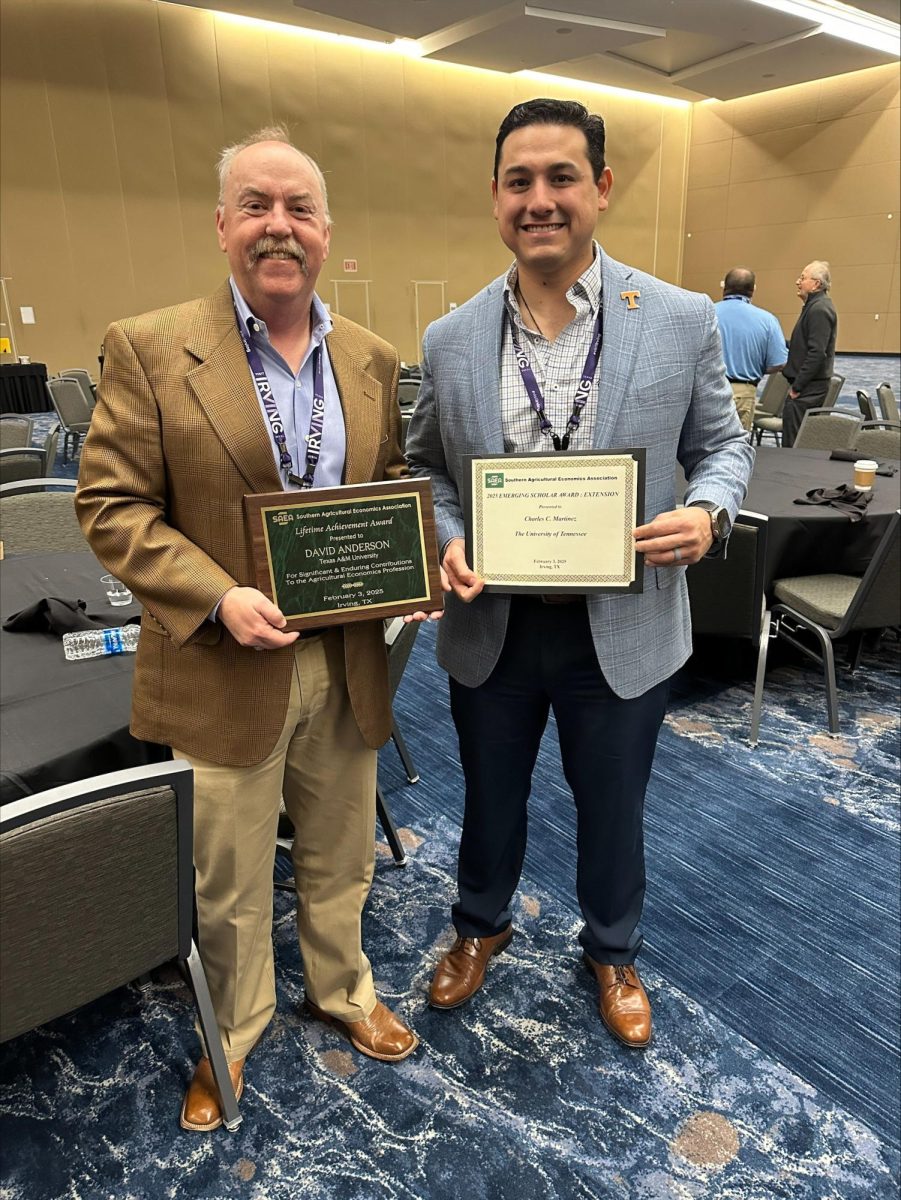The fall semester is well underway, and students are still struggling to get to class on time due to the unreliability of Aggie Spirit buses.
From inconsistent arrival times to having only one bus en route, Aggie Spirit buses continue to be a volatile method of transportation this semester. These inconsistencies cause large amounts of riders to wait at stops, meaning buses quickly reach maximum capacity when they do arrive.
While healing from an injury, English junior Lexi Vallandingham experienced some of these issues when taking the Bonfire bus to her morning classes.
“I was in a boot because my ankle was injured,” Vallandingham said. “When I got on the bus, every single seat was taken and there were already people standing everywhere, so I had to ask someone to get up so I could use their seat.”
Frequent overcrowding often means not all riders can board, forcing them to stay behind and wait for the next bus. Texas A&M Transportation Services transit manager Justin Tippy said bus ridership trends correlate with traffic conditions throughout Bryan-College Station.
“Peak bus ridership occurs in the first two to three weeks of each fall semester,” Tippy said. “After this initial peak, ridership decreases, then plateaus as students settle into their routines and determine the best transportation options for them.”
Increased traffic in the area can also impact route timing and frequency. When intersections are crowded, Tippy said buses may stack-up in those areas, which causes delays that contribute to student overcrowding at bus stops. Data indicates ridership peaks on weekday mornings from 7 to 10:30 a.m. and weekday afternoons from 3 to 4 p.m.
“These peak times correlate to when students are leaving for class in the morning and again when they are going home in the afternoons,” Tippy said. “Many students attempt to take the leave time closest to their class time in the mornings, which can lead to overcrowding at bus stops.”
Even if students try to arrive at their stop earlier, there is no guarantee that they will catch an earlier bus. The TAMU Aggie Spirit app provides a map featuring live locations of buses, but the leave and arrival schedules are not updated in real time. Transportation Services said it does not have the ability to publish updated schedules while classes are in session, and while students are encouraged to arrive early to accommodate for delays, not all of them can.
Students who have never used the buses before are still learning how the system works. Vallandingham said she has also witnessed this issue as a leader of a student organization on campus.
“This definitely affects my sophomore staff members who live off campus,” Vallandingham said. “Before, they weren’t used to making accommodations to get to campus for events, but now I’m having to tell them to account for the buses so they’re not late.”
A large contributor to the issue is staffing shortages. Similar to many departments, both locally and on-campus, Transportation Services is experiencing a shortage of workers. Less bus drivers leads to less buses being available throughout the day.
“We are actively recruiting to increase our number of drivers and get them trained to drive a bus safely and responsibly,” said Tippy. “Our highest priority is to transport students, faculty and staff safely around campus and town.”
The training process takes nine to twelve weeks to complete, meaning there is a large amount of time between a driver getting hired and when they are able to independently, and safely, operate a bus. With between 25 and 45 drivers in training at any given time, Tippy said new drivers are onboarded weekly.
In the meantime, Tad Fifer, communications manager for Transportation Services, recommends passengers help out by riding an earlier bus when possible while waiting for bus ridership and traffic in town to normalize, since peak capacities occur in the 10-15 minute window before classes begins.
“The addition of new drivers will enable us to increase the number of buses we can put into service,” Fifer said. “This will relieve pressure during peak ridership times, reduce overcrowding and increase bus frequency.”
Fifer also recommended passengers consider other modes of transportation, such as riding a Veo or walking, when their schedules permit.










